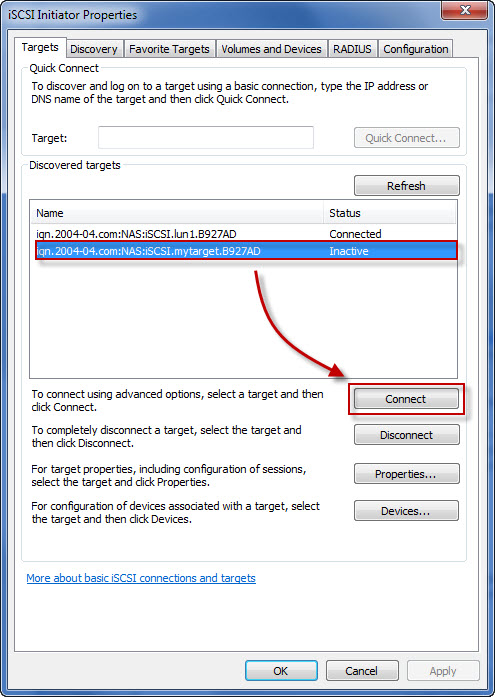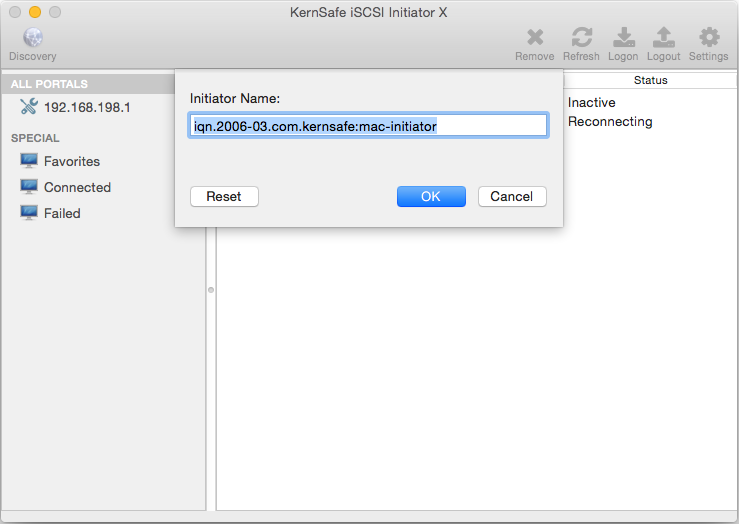iSCSI Overview
iSCSI is a block-level protocol that enables the ability to implement a Storage Area Network (SAN) within an Ethernet/IP infrastructure. The protocol is extremely efficient and can therefore maximize the throughput of a well-designed Ethernet network. Read A Brief Introduction to iSCSI if you would like to learn more.
Although an initiator is freely available for most major operating systems, an iSCSI initiator is not shipped with Apple's Mac OS X; however, with its announcement today Studio Network Solutions has released 3.0 of its globalSAN iSCSI initiator for Mac OS X. 'We've been shipping our Mac initiator with our SANmp sharing software and globalSAN. The iSCSI protocol requires access to low level system commands, so the implications for globalSAN are even greater. Because of the latest changes to the macOS security model, globalSAN is not compatible with the default macOS 11 settings. To use globalSAN in. 1) downloading iSCSI initialization for Mac OS X 10.5x globalSAN3.3.0.43.dmg.zip 2) Unzip and mount it by diskutil and install 'globalSAN iSCSI 3.3.0 Installer.mpkg' by double click, following the installation instruction at the end is necessary to rebook Mac for installing iSCSI kernel extension.
Sharing iSCSI volumes
If you plan to have multiple computers connecting to the same iSCSI volume, you will need management software (e.g. SANmp or Xsan) in place. Our SANmp sharing software enables multiple macOS and Windows computers to share a common pool of iSCSI and Fibre Channel storage. If you just need to share a common pool of iSCSI storage we recommend iSANmp, which is identical to SANmp, but enables iSCSI-only sharing.
Watch the globalSAN Video
In this short video we’ll demonstrate the entire process of setting up the globalSAN iSCSI Initiator for macOS. You can also check our Users’ Forums for quick answers to common questions about various targets.

Advanced Features of the globalSAN Initiator


Nas Iscsi

Mac Os Iscsi Initiator
Introducing globalSAN Xtarget Storage Server
Xtarget is a new (separately licensed) component of globalSAN — it enables you to transform your Mac into a powerful, amazingly fast iSCSI SAN storage server. Xtarget enables you to present the local storage you already own (Thunderbolt, FireWire, USB, etc.) over iSCSI!
Iscsi Tutorial
The benefit of Xtarget is that it enables you to quickly create a SAN using components you already own, thus saving time and money yet still getting the performance and workflow benefits of a typical SAN.
Globalsan Iscsi Initiator For Os X 10.13
Start your free trial of Xtarget by clicking the “Get Activation Key” button on Xtarget’s License tab.